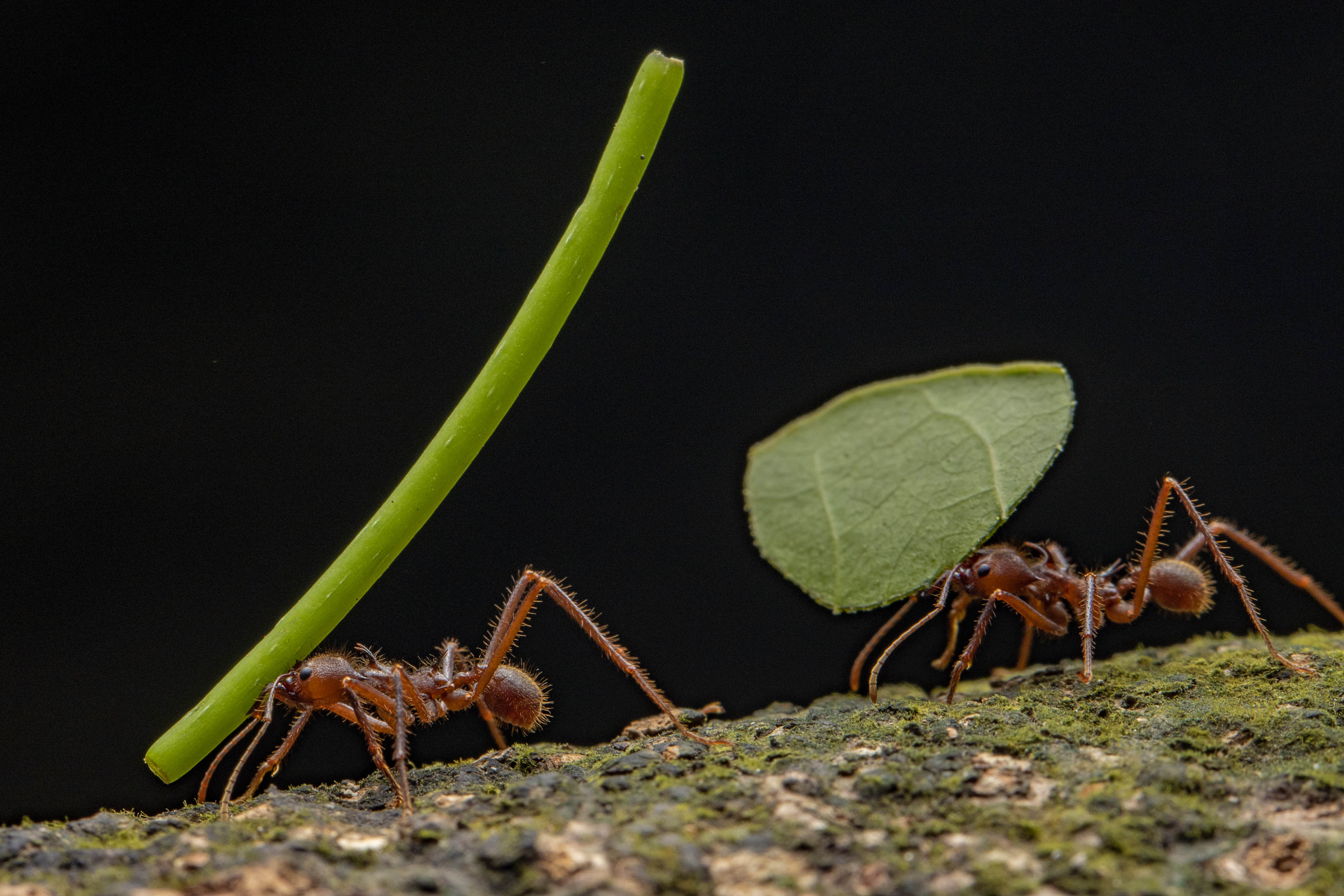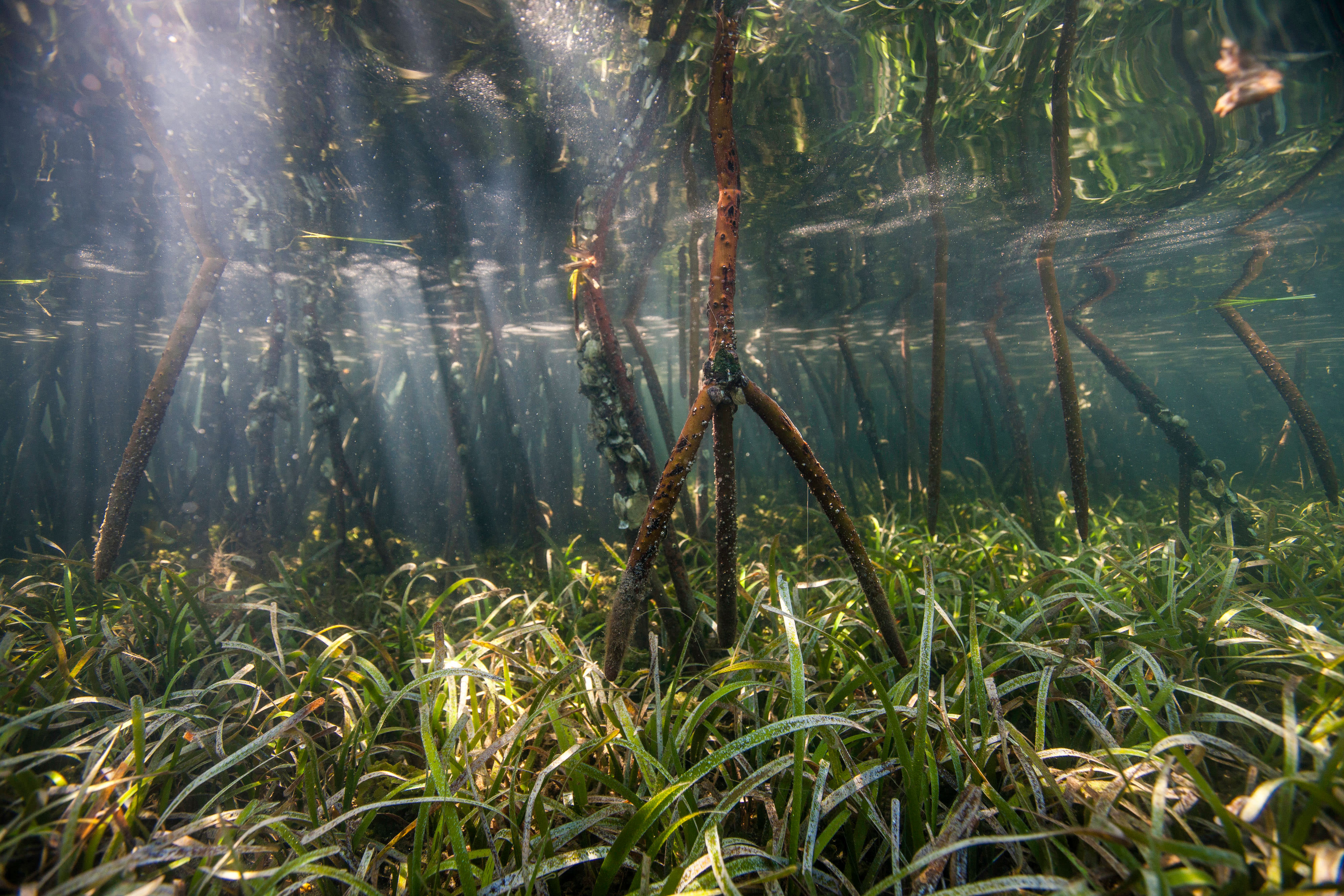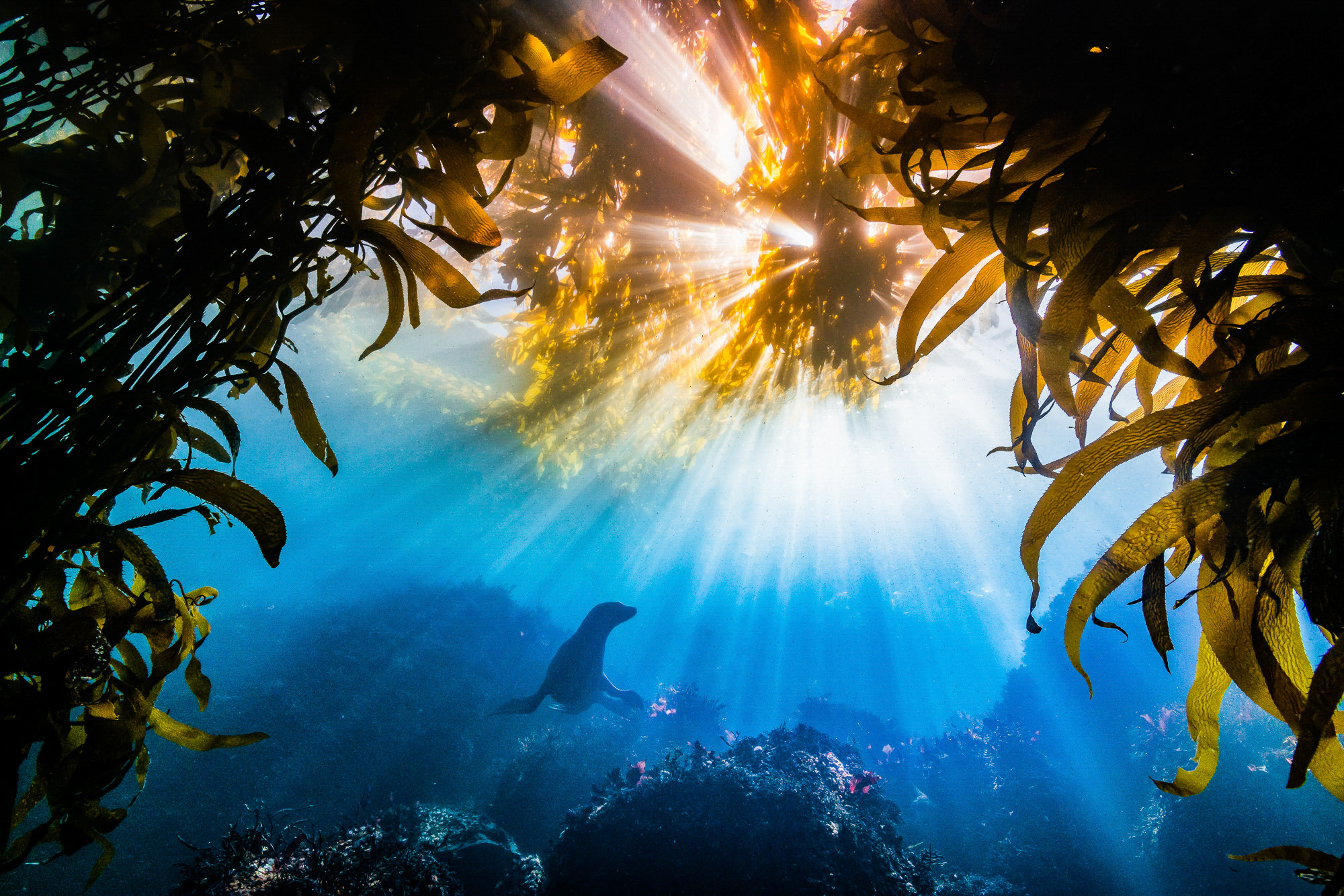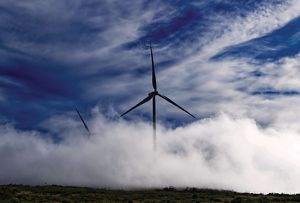It’s Time for Biodiversity’s Paris Moment
December’s COP15 summit is a last-in-a-decade chance to protect nature—and the climate.
By Leonardo Lacerda, Former Global Managing Director, Climate
I am about to say something you’re probably not expecting to hear from the climate lead for a major environment nonprofit: COP27 in Egypt is not the most important environmental summit of 2022.
This year, that crown belongs to the event happening just a few weeks later, in Montreal: UN Biodiversity Conference CBD-COP15.
Quote
The twin crises of climate breakdown and ecological collapse both warrant humanity’s undivided attention.
Why do I argue this, when climate change is one of our highest organizational and societal priorities?
The twin crises of climate breakdown and ecological collapse both warrant humanity’s undivided attention. Science shows the former to be a key contributor to the latter, so one could justifiably argue that maintaining momentum on climate is one of the single best things we can do to protect nature.
That argument, though, suggests biodiversity plays second fiddle to climate: when they are in fact equal players, and it’s time to give them equal billing.

Initiatives such as the Leaders’ Pledge for Nature give cause for hope – including the high-level commitments made on the sidelines of the recent UN General Assembly – but time is too short for lofty political rhetoric not to be matched by on-the-ground action.
This doesn’t mean losing focus on climate COPs: these must continue annually, and media focus must remain undimmed. It does mean significantly increasing media coverage and political emphasis on the biodiversity COPs, which have historically passed unnoticed outside policy circles.
This is part of why we co-founded the Nature4Climate coalition to promote the role of nature in mitigating climate change, which continues to gather pace. Other coalition efforts we back, such as Nature Positive and 30x30, make explicit the importance of addressing these intertwined challenges as one.

Since 2015, governments have had the legally binding Paris Agreement as a collective North Star on climate – whereas biodiversity has had no equivalent since the Aichi Targets expired at the end of 2020.
This is about to change with the new, 10-year Global Biodiversity Framework: humanity’s roadmap towards a more nature-positive future.
But for this to be as ambitious as it needs to be, several thorny details still have to be resolved in Montreal – because then that’s it until 2030. No year-on-year ‘ratchet’ mechanism to ramp-up ambition, as exists for climate; no second chances, no further opportunities to tweak and revisit.
This is the ‘last best chance’ this decade, the U.N. Decade of Ecosystem Restoration, to target a nature positive future and avoid biodiversity tipping points. The outcome of the Montreal summit this December could thus have more far-reaching implications for our future than COP27 in Egypt.

The inconvenient truth is that without arresting and reversing the concurrent crisis of biodiversity loss, our efforts to stabilize the climate could be meaningless. The grand irony is that nature also has the capacity to be one of our most powerful allies in mitigating runaway climate breakdown, through the power of natural climate solutions such as reforestation and wetland restoration.
Most people, for example, now accept the critical role of forests in absorbing and sequestering atmospheric carbon. But it is important to understand that these are complex, functioning ecosystems, as reliant on the species that are within and below, as they are on the sunlight, rainfall and CO2 that sustain them.
The same can be said for coral reefs, kelp forests, peatlands, mangroves, seagrass – all as vital to biodiversity as they are to climate.
Take oceanic algae: these small but mighty organisms provide around half of Earth’s total carbon-absorbing capacity, as well as being a fundamental building-block of marine biodiversity—but science increasingly reveals how they’re being affected by climate-driven ocean acidification.
Quote
This year of all years, there is both unprecedented urgency and opportunity to give biodiversity a starring role with its own ‘Paris moment’, in the form of a strong, ambitious, and durable Global Biodiversity Framework.
Other evidence suggests the once-mighty Amazon rainforest may actually be emitting more CO2 at this stage than it absorbs – another dramatic example of the extent to which our climate future hangs on our ability to arrest and reverse ecosystem loss.
Increasing awareness of the inextricable links between biodiversity and climate saw nature feature more prominently than ever before at COP26 in Glasgow last year. Through the Nature Zone, which we curated alongside NGO allies, we put nature at the heart of the climate conversation through unprecedented deforestation commitments.
But that was just the start. We now need added ambition at COP27, where we will be supporting the Nature Zone and refocusing minds on the official biodiversity day to build support for the burgeoning Nature Positive campaign that seeks to arrest and reverse ecosystem loss by 2030.
Of course, climate change remains one of the single biggest drivers of biodiversity loss. But this year of all years, there is both unprecedented urgency and opportunity to give biodiversity a starring role with its own ‘Paris moment’, in the form of a strong, ambitious, and durable Global Biodiversity Framework.
Because only by allowing nature to take center stage this year can we truly hope to meet our climate goals, too.
Originally Posted on Context
October 12, 2022
View Original
Global Insights
Check out our latest thinking and real-world solutions to some of the most complex challenges facing people and the planet today.



